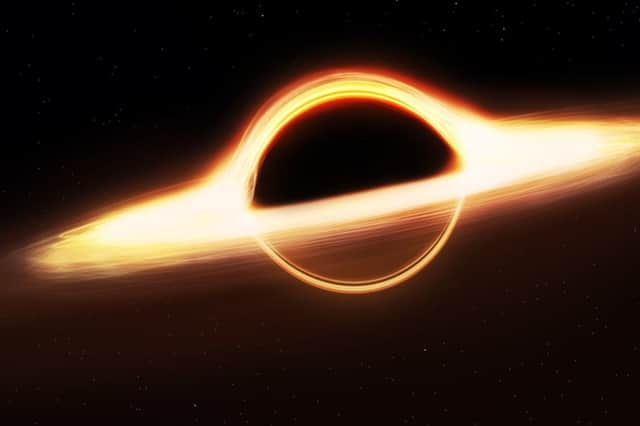A new ‘Goldilocks’ black hole has been discovered - here's what that means


A newly discovered black hole approximately 55,000 times the mass of the sun could be an “ancient relic” created before the first stars and galaxies formed, scientists have said.
Such a black hole may be the seed of the supermassive black holes which exist today and could help scientists estimate the total number of these objects in the universe, researchers said.
Advertisement
Hide AdAdvertisement
Hide AdThe discovery of the “intermediate-mass” or “Goldilocks” black hole – different to the small black holes made from stars and the supermassive giants in the core of most galaxies – is published in the journal Nature Astronomy.
How was it discovered?
The new black hole was discovered by researchers from the University of Melbourne and Monash University, through the detection of a gravitationally lensed gamma-ray burst.
The burst – a half-second flash of high-energy light emitted by a pair of merging stars – had an “echo”, caused by the intermediate-mass black hole, which bent the path of the light on its way to Earth so that astronomers saw the same flash twice.
Software developed to detect black holes from gravitational waves was adapted to then show that the two flashes were images of the same object.
Advertisement
Hide AdAdvertisement
Hide Ad